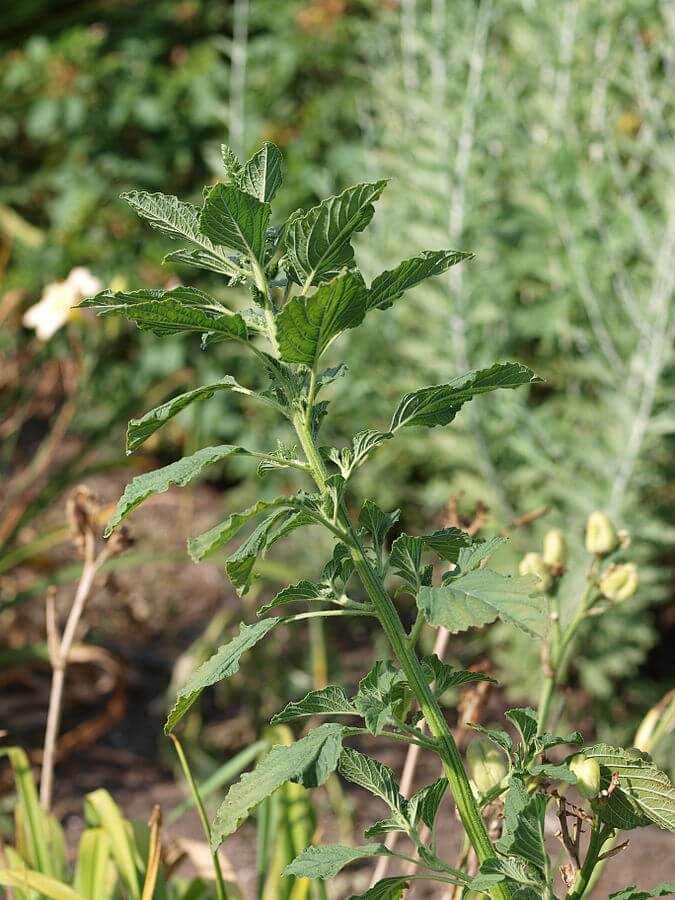
(Source: F. D. Richards/Wikimedia Commons)
Redroot pigweed (Amaranthus retroflexus), also known as pigweed amaranth, is a common summer annual herb. This plant is native to the tropical Americas, but it has been introduced to also every continent in the world. In the US, this plant is mainly used as livestock fodder, especially for hogs and pigs, hence its name. Other than that, this plant also grows in many farm fields and gardens. Due to its prolific growth and hardiness, some people regard this plant as a pesky weed.
This plain-looking plant may be a livestock fodder. But, that doesn’t mean that humans can’t enjoy it as well. In fact, this plant is considered a valuable vegetable in many parts of the world. For example, Native Americans, Mexicans, and Indians are known to include pigweed leaves in their traditional dishes. Moreover, this plant is well-known for being a great survival food due to its delicious flavor and its nutritional content.
Edibility and culinary use
Every part of the plant is edible, but the leaves are the most popular part. Pigweed leaves are eaten as vegetables in many parts of the world and they can be eaten raw or cooked. Harvest and eat only the young pigweed leaves. This is because as they get older, the leaves become bitter and tough. These leaves have a mild and neutral flavor that’s reminiscent of spinach. Due to their light flavor, pigweed leaves are often combined with herbs, spices, and other stronger-flavored leaves. Alternatively, you can also boil fresh or dried pigweed leaves to make an herbal tea.
As mentioned earlier, every part of this plant is edible, including its seeds. These seeds may be small, but they really pack a punch. The seeds have a pleasant nutty flavor that becomes even more delicious when they’re roasted. You can grind roasted pigweed seeds and use the powder as a thickener or a cereal substitute. You can also use the powder when making bread. Or you can also sprout the seeds and add them to salads.
Health benefits
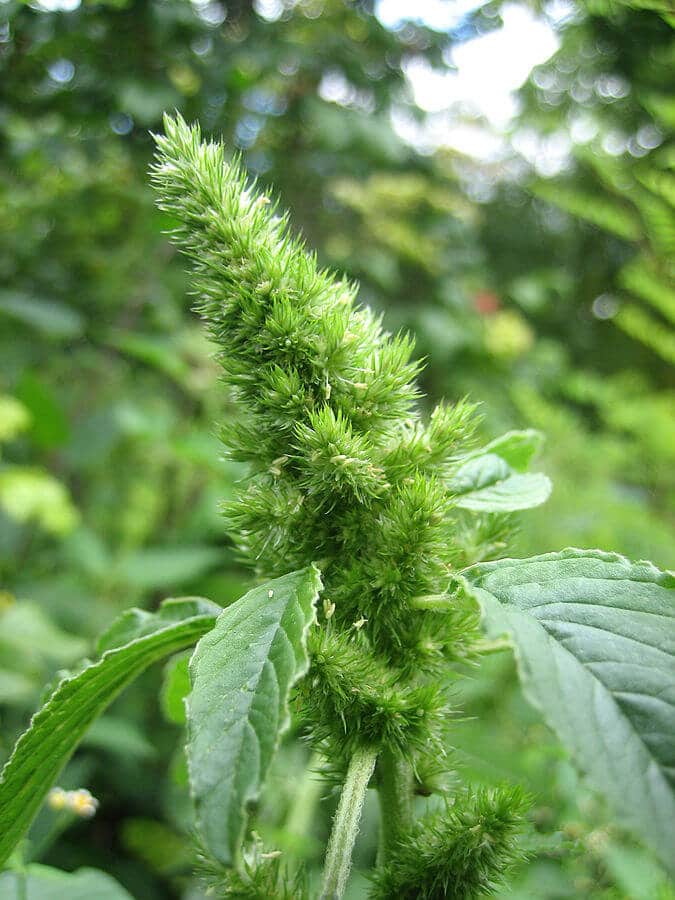
(Source: Lynk media/Wikimedia Commons)
Pigweed leaves and seeds aren’t only delicious, but they’re also nutritious. They’re rich in vitamins A and C as well as other important minerals, such as iron, manganese, calcium, zinc, copper, and magnesium. Adding pigweed into your daily diet can improve your health and immunity immensely.
Consuming pigweed can help alleviate fever, headache, nausea, stomachache, and other digestive disorders. Moreover, pigweed leaves have astringent properties. For that reason, tea made from these leaves can help treat sore throat, heavy menstrual bleeding, diarrhea, internal bleeding, and internal ulcers. You can also use the tea topically to treat cuts, rashes, scrapes, and insect bites.
Cultivation
After knowing all of its culinary and medicinal benefits, you might want to grow some redroot pigweed plants in your own garden. You’re in luck! This plant is very easy to cultivate and maintain. This plant can thrive in almost any condition; it can withstand hot weather and droughts. Moreover, you can also find pigweed seeds readily available online.
Sow the seeds directly in spring after the last frost. Try to choose a spot with moist but well-drained soil. Germination should happen within a week. Try to water the plants regularly until they’re well established. After that, the plant can basically maintain itself.
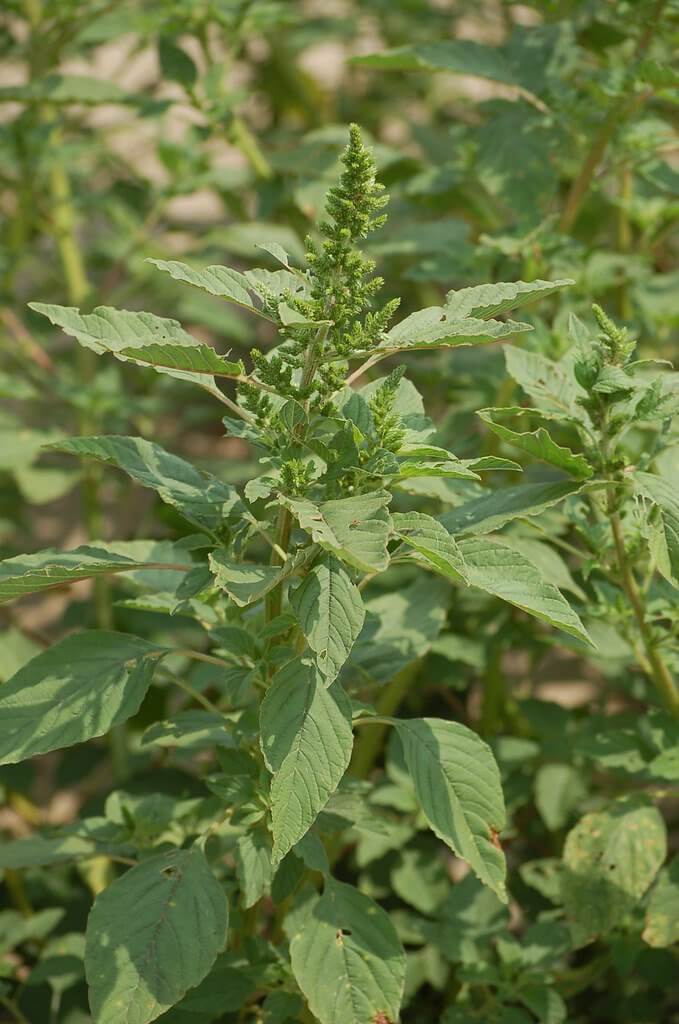
(Source: University of Delaware Carvel REC /Flickr)
This plant also self-sows. It can even regenerate itself from seeds that have gone through the winter. Simply let the plant be and you will have a bunch of pigweed plants in no time. Harvest the leaves and seeds regularly to control the plants’ growth. Also, make sure to tile the roots every year to prevent the plants from taking over your entire garden.
Cautions
There are no known hazards from eating pigweed. However, you need to source itundated properly. Avoid pigweeds that are grown on nitrogen-rich soils or soils that contain chemical fertilizers. This plant concentrate nitrates in its leaves. Consuming nitrates in large amounts may lead to digestive tract disorders, stomach cancer, and cardiovascular problems.
Conclusion
Redroot pigweed garners mixed feelings in the botanical field. While some people see it as a mere agricultural weed, some view this plant as a valuable food source. Which category do you fall in? After learning about the culinary and medicinal benefits of pigweed, hopefully, you’ll give this wonderful wild edible a try.
---------------
Writen by Cornelia Tjandra
Cornelia is a freelance writer with a passion for bringing words to life and sharing useful information with the world. Her educational background in natural science and social issues has given her a broad base to approach various topics with ease. Learn more about her writing services on Upwork.com or contact her directly by email at cornelia.tjandra@gmail.com
Many of our readers find that subscribing to Eat The Planet is the best way to make sure they don't miss any of our valuable information about wild edibles.
See our privacy policy for more information about ads on this site

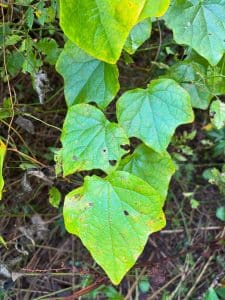
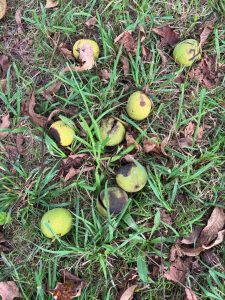
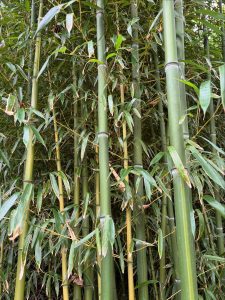
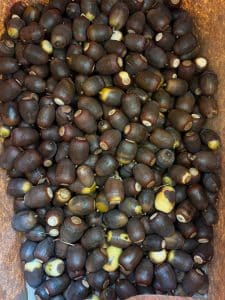
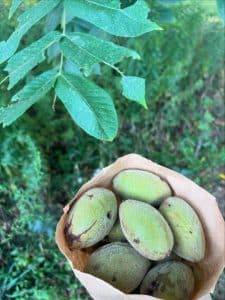
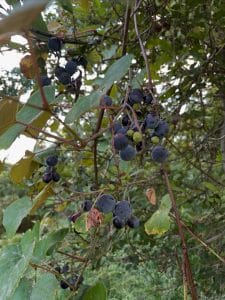
4 Responses
According to Cornell University this plant is high in oxalates and, like wood sorrel and docks, should not be consumed in large quantities.
There is a 3’ section of redroot pigweed in the rear of my property. I an reading it is also a posion. It contaminates the soil. Can cause strokes and kill a dog. What is the truth about this plant?
You are correct. Also, pigweed is pisonous to livestock. Pg.77, “Pigs” by Arie B. McFarlin, PhD.
I spoke to a vet a couple years back, who said a rancher claimed his cows died from it. I’d be careful.
Trying to find information on this plant as it’s all over my yard. I do know if young chicks eat it, they usually become sick and die. I can’t say I’ve ever had the desire to try it personally. Looking to see if it is safe around goats.